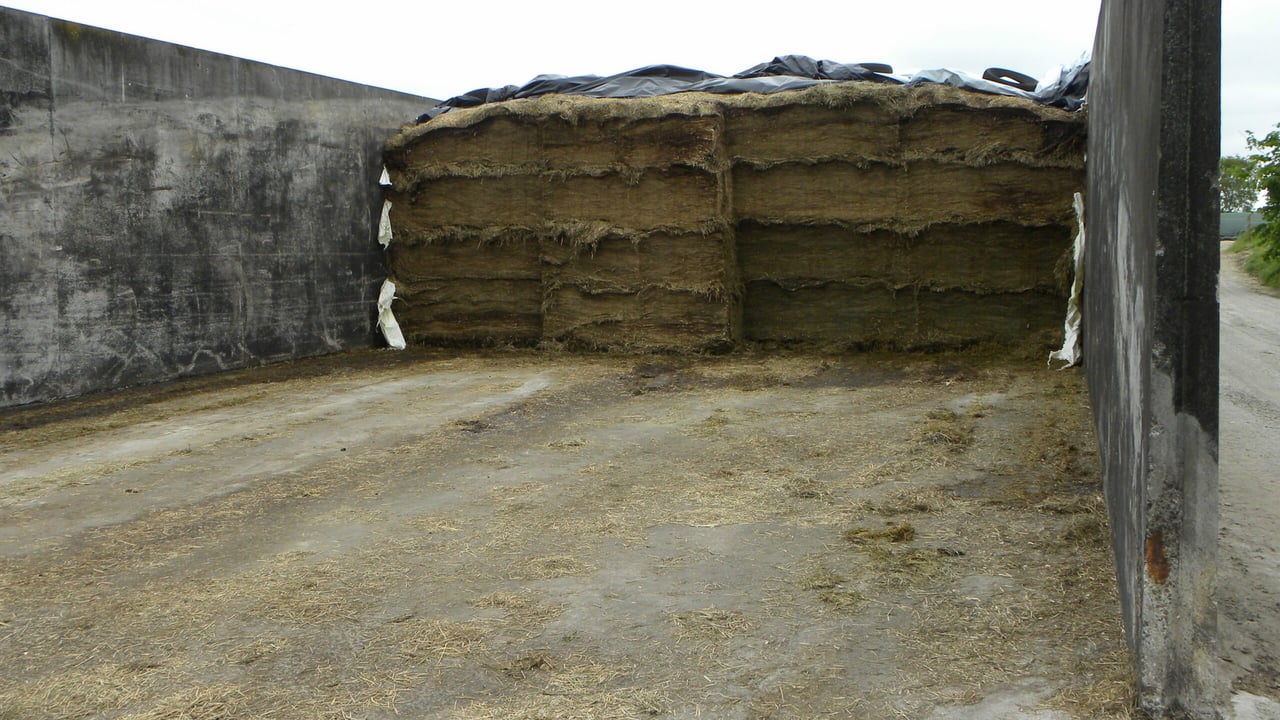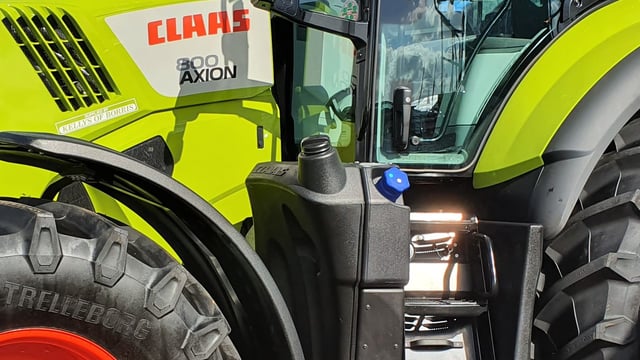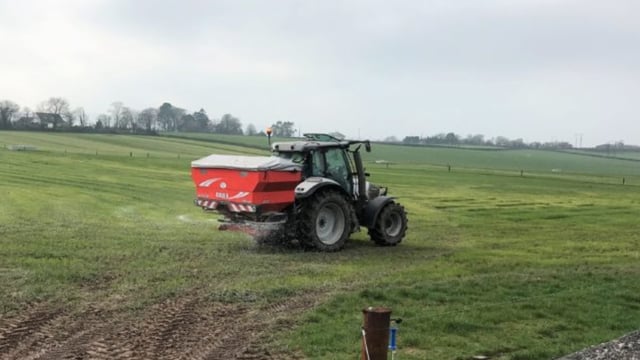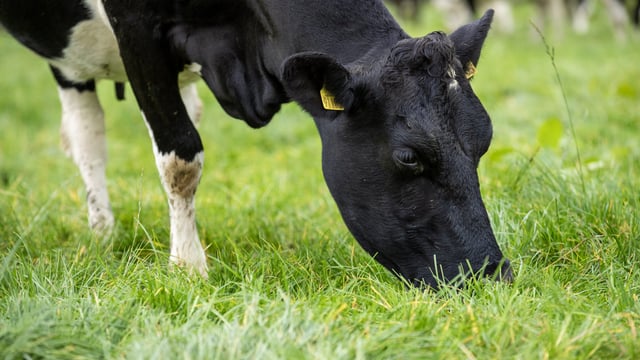Tirlán survey: Half of suppliers 'tight' for fodder
A challenging second half to 2022 in many parts of the country has meant that many farmers used a large portion of their fodder supplies.
A survey conducted by Tirlán, which has been published today (Monday, January 16) has revealed that half of those who responded consider themselves to be tight for fodder or in deficit.
Based on the responses, the counties of Kilkenny, Waterford and Wexford have the greatest fodder challenge.
The other half of those surveyed stated that they are in a good position with surplus fodder on farm. The survey also revealed that of the suppliers who indicated that they have a surplus of fodder on farm, around 75% of those have >20 days of feeding.
One third of farmers who are short of fodder, or who are in a deficit, are feeding as normal, while another third are sourcing fodder elsewhere and the final third are stretching fodder supplies, according to the survey results.
According to Tirlán, for the suppliers who have a surplus of fodder, it offers great flexibility around feeding if the housing period needs to be extended or buffer feeding or rehousing during the early grazing season.
However, the processor stated that for the farms which are tight for fodder or in deficit, challenges will arise if the grazing start date is pushed back due to weather, with those currently feeding silage at normal rates being at greatest risk.
Any extended housing period or period of rehousing will have an impact on milk production, when limited amounts of, or poor quality, fodder, is fed to early lactation cows.
Grass growth over the winter months has been quite good on farms, with most farms having grass available to graze when conditions allow.
The issues may occur for farmers if grass growth is poor before the start of second round or conditions deteriorate and cows need to be housed.
If this happens and fodder supplies are low, or the quality of the fodder is poor, it will likely impact on early lactation cows’ production and fertility for the 2023 breeding season, according to Tirlán.
Farms that are currently short or which may be tight on fodder, should be scouring extra fodder now to increase supply on farms.
Tirlán has outlined some options for farmers to save silage:
The survey involved 650 farmers across 17 counties.
Tirlán notes that all surveys have a natural survey bias, where a larger proportion of impacted respondents are likely to complete the survey and therefore results may not be fully representative of all Tirlán farms.





